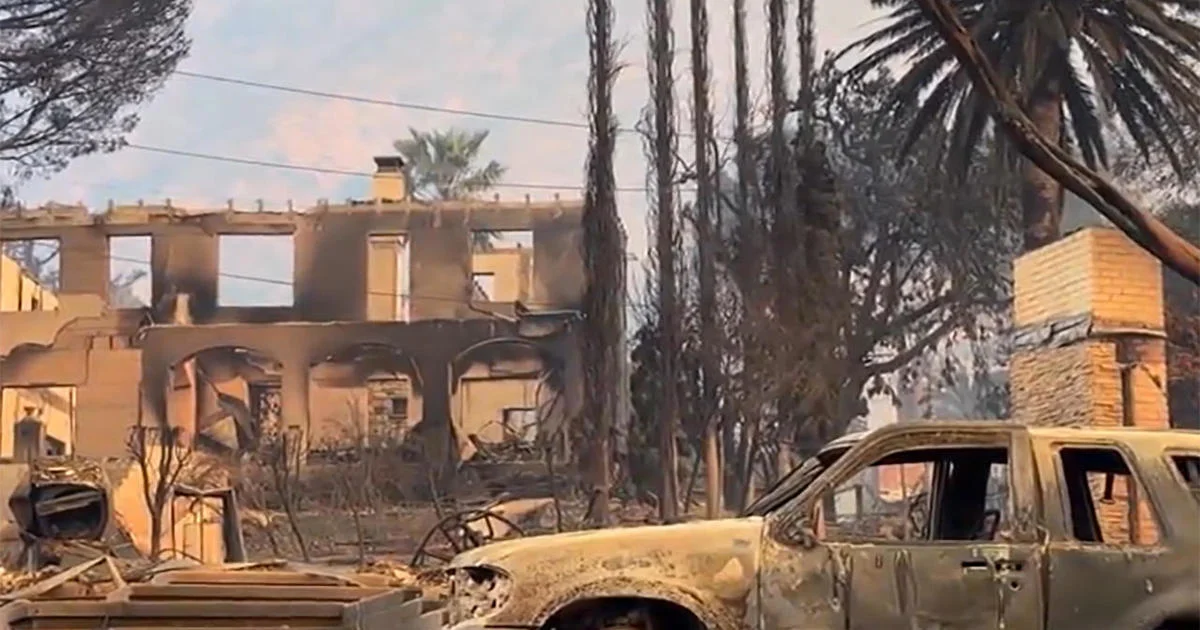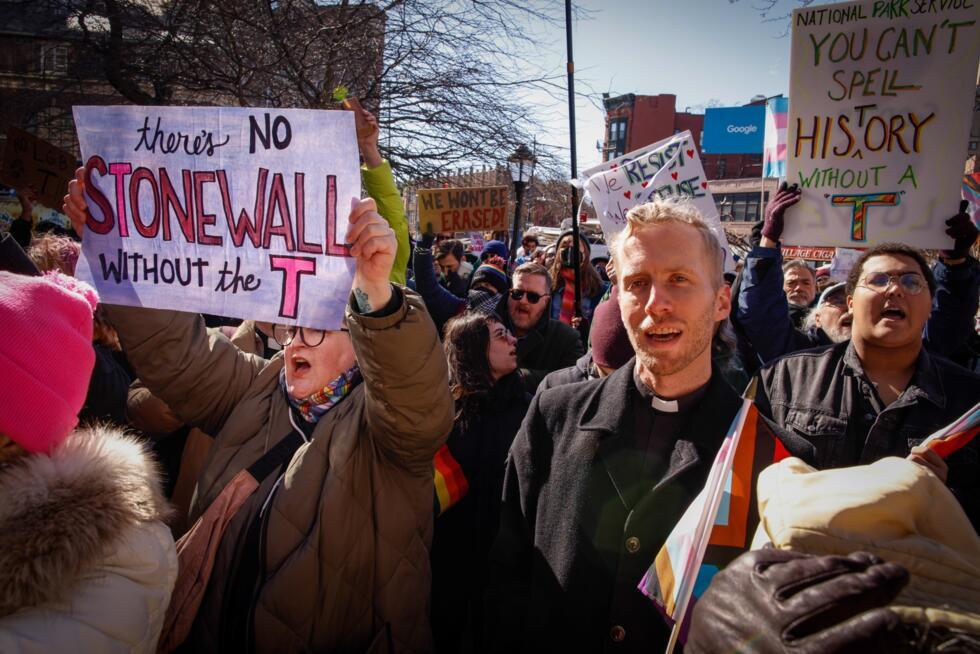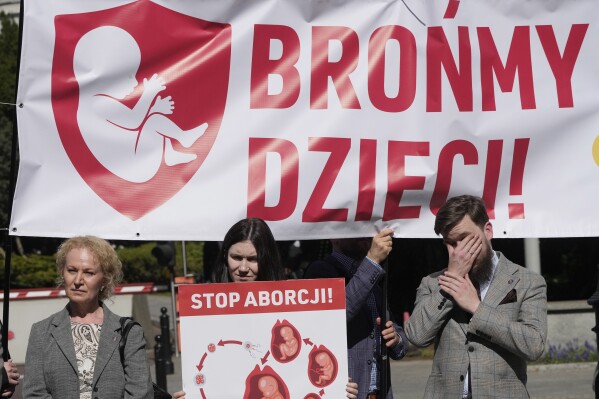Climate Scientist: "There's No Place That's Safe"
Experts are raising alarms about the growing intensity of destructive weather events fueled by climate change. This stark warning comes alongside an inspiring story of how an amateur meteorologist helped save lives during a wildfire that ravaged the Altadena community in Los Angeles County.
The Aftermath of the L.A. County Wildfires
The wildfire that tore through Los Angeles County left a trail of destruction that firefighters are still battling to contain. While some residents have started returning to their homes, many face a grim reality: their homes have been reduced to ashes. Those with insurance face another uphill battle, navigating claims amidst a backdrop of loss.
The question on everyone's mind now shifts from "What happened?" to "Why did this happen, and what's next?" For many, this disaster is one of the worst in memory, but experts warn it may represent the new normal.
The Role of Climate Change
John Vaillant, author of "Fire Weather: On the Front Lines of a Burning World," explains that the ferocity of these fires is a direct result of human-induced climate change. According to Vaillant, “Nature is telling us, 'I can't take this anymore. I cannot support you if you keep treating me this way.'”
He elaborates on how fires today behave differently from those of the past century. “Fires now move faster and with greater intensity. Firefighters with decades of experience describe these behaviors as un-fightable in many cases.”
The Hidden Culprit: CO2 Emissions
Vaillant points to carbon dioxide emissions from combustion engines as a primary driver of these catastrophic changes. "The emissions from billions of fires that we make every day have created this artificially warm climate," he said. The ripple effects include more intense wildfires, stronger hurricanes, and hotter heatwaves.
The Human Impact: Stories of Resilience
Climate scientist Peter Kalmus has long warned about the devastating effects of climate change. Having moved his family from Altadena, California, to North Carolina in search of safety, Kalmus quickly discovered that no place is immune. Last year, Hurricane Helene wreaked havoc on North Carolina, while the California fires destroyed his old home and those of his friends.
Despite the setbacks, Kalmus remains hopeful: “If there’s a silver lining to this tragedy, it’s that the public might finally wake up and demand action. Enough is enough.”
The Heroic Efforts of an Amateur Meteorologist
In the face of the Altadena wildfire, perhaps the most effective warning came not from experts, but from Edgar McGregor, an amateur meteorologist and environmental advocate. For over five years, McGregor has been picking up trash in Altadena daily. His passion for meteorology and community welfare led him to issue a dire warning on January 6, just as the fires closed in.
Standing on his street with flames visible in the background, McGregor recorded a video urging residents to evacuate immediately. “I told people, ‘This is serious. Get your Social Security cards, the deed to your home, and get out. This is the Big One.’”
His message resonated deeply with residents like Jenn Siebert, a mother of two. “He definitely saved my family’s lives,” Siebert said. While her home was spared, many of her neighbors lost everything. “Everybody in the Beautiful Altadena group is alive because of Edgar,” she added.
A Wake-Up Call
Experts emphasize that events like the Altadena wildfire are not isolated incidents but warnings of a larger, global crisis. Without significant action to combat climate change, the Earth will continue to grow drier and more volatile.
Vaillant underscores the urgency of the situation: “Nature is inviting us, sternly, to reengage. It’s only going to get hotter. We need to wake up and focus on the real causes.”
Moving Forward: Collective Responsibility
The Altadena wildfire and similar events highlight the interconnectedness of climate change and human activity. Governments, industries, and individuals must take responsibility to mitigate the damage.
- Government Policies: Stricter regulations on emissions, investment in renewable energy, and proactive disaster management strategies are essential.
- Corporate Accountability: Businesses must prioritize sustainable practices, reducing their carbon footprints, and adopting clean technologies.
- Individual Actions: Simple steps like reducing energy consumption, supporting eco-friendly initiatives, and raising awareness can collectively make a significant impact.
Learning from the Past
History has shown that communities can adapt and rebuild after disasters. From implementing advanced fire detection systems to urban planning that reduces fire risks, the lessons learned from these tragedies must inform future actions.
Conclusion
The Altadena wildfire serves as both a sobering reminder of climate change’s destructive power and a call to action. As Vaillant aptly put it, “We are in this together.” The time to act is now, before the costs—both human and environmental—become insurmountable. Through collective effort and unwavering determination, it is possible to build a safer and more sustainable future.






























0 Comments